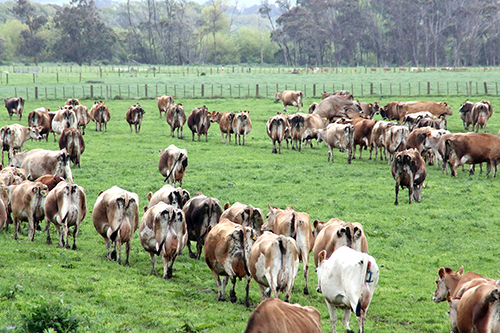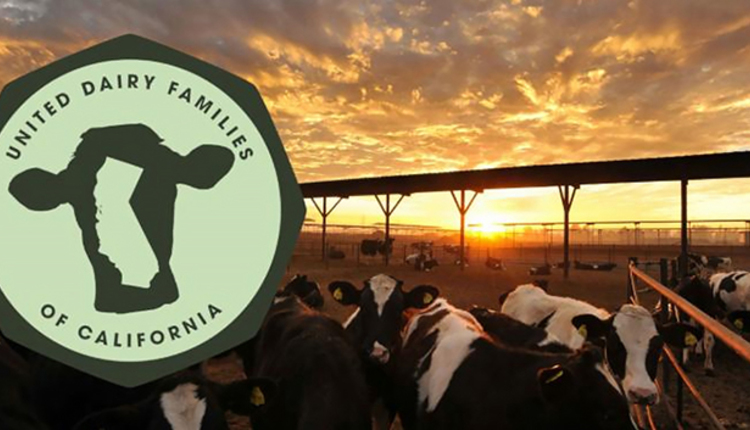
Nowhere else in the world may dairy farming be as closely tied to a nation's identity and economy as in New Zealand. Beer in Germany, wine in France, and olive oil in Italy are big, but milk in New Zealand is gigantic.
A 2010 report by the New Zealand Institute of Economic Research said the dairy sector employs about 35,000 workers, not counting up to 10,000 more who are self-employed, and it directly accounts for 2.8 percent of the country's gross domestic product each year.
New Zealand is not just the world's largest dairy product exporter; dairy products are its biggest export, period. The total value of New Zealand exports in 2015 was NZ$69 billion. Of that, milk powder, butter, and cheese accounted for NZ$11.8 billion (17.1 percent).
Those numbers help explain why a growing number of dairy cows being exported out of New Zealand has generated splashy headlines there in recent weeks. Perhaps the most colorful was "Shipping dairy cows to China is economic treason."
That statement came from Winston Peters, an outspoken member of New Zealand's Parliament for 35 years who is the leader of New Zealand First, a conservative opposition political party that advocates a rigorous and strictly applied immigration policy and wants to "Make sure that Kiwi workers are at the front of the job queue." New Zealand's media often likens him to Donald Trump.
Peters' "economic treason" comment came shortly after announcement of another large shipment (8,000 head) of dairy heifers sent by New Zealand dairy exporting giant Fonterra to its farms in China.
In an article published by NZFarmer.com, Peters said the trend would "cripple our competitive strength" and "exporting dairy cows to China was a betrayal of the nation's economy."
The article stated that, according to New Zealand's Ministry for Primary Industries, 48,437 live cattle were exported to China from 2013 to 2015. The Timaru Herald said the number since 2009 is 68,248. New Zealand's total dairy cow population is about 6.4 million.
Rising global milk production and depressed milk prices have taken a toll on Kiwi dairying the last two years. Culling is up, farm and cattle numbers are down, and the immediate outlook is not great.
"We estimate New Zealand's dairy herd will shrink by an unprecedented 5 percent on top of last season's 3 percent fall," said Joseph Capurso, senior currency strategist at the Commonwealth Bank, an Australian multinational, in a recent article in Business Insider Australia.
ASB Bank, which is owned by Commonwealth Bank and operates in New Zealand, has forecast a 5 percent decline in New Zealand's milk production this season.
September 5, 2016








